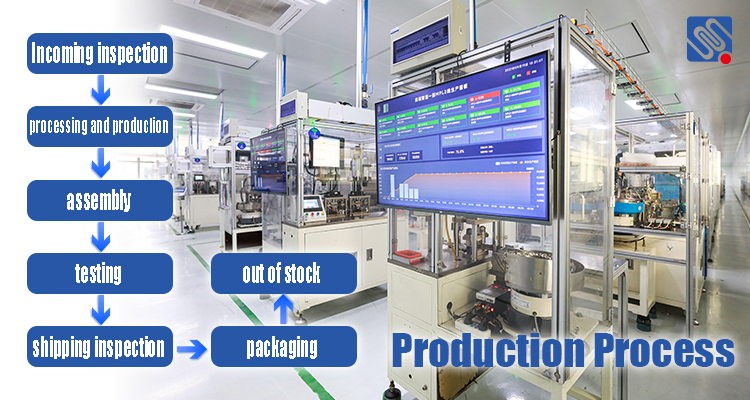relay production: a comprehensive guide to manufacturing relays
Release time:2025-10-21 21:10:29
Relay production is a crucial process in the electrical and electronics industry. Relays, which are electromechanical devices used for switching electrical circuits, play a vital role in a wide array of applications, including automotive systems, telecommunications, industrial control, and home appliances. The manufacturing of relays involves several stages, each of which requires precision and high-quality materials to ensure the functionality and reliability of the final product. In this article, we will explore the key steps involved in relay production, from material selection to final testing.

Material Selection and Preparation
The first step in relay production is the careful selection of raw materials. The primary components of a relay include the electromagnetic coil, contacts, armature, and housing. High-quality copper wire is commonly used to manufacture the coil, which is responsible for creating the magnetic field that activates the relay. The contacts, which make or break the electrical circuit, are typically made of silver or gold alloys to ensure good conductivity and resistance to wear and corrosion. The armature, a movable component that responds to the magnetic field, is often made of iron or steel, while the housing is typically made of durable plastic or metal.

